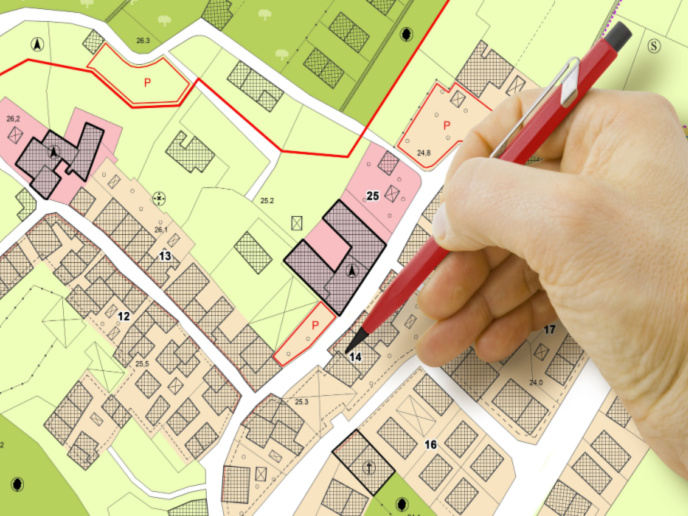Inspiring and activating European cities in the energy transition
Responsible for high levels of energy consumption and share of global CO2 emissions, municipalities, especially cities, are vulnerable to the impacts of climate change. At the same time, they have a key role to play in combating it, particularly through the energy transition. This is because they are the closest to citizens, and they have the tools and capacities to act. The energy transition, however, is a complicated process; one that calls for integrated solutions that can combine elements of sustainable transport, energy and land-use planning. Urban planning can help in this regard. “With its holistic view, urban planning can help balance different interests and develop coherent mitigation strategies that address important challenges faced by today’s cities simultaneously,” notes Rupert Wronski, project coordinator of the EU funded MULTIPLY project. In this context, MULTIPLY set out to encourage local authorities to uptake integrated urban planning measures at district level by engaging them in a dedicated peer-to-peer learning programme. “By integrated urban planning, we mean a cross-sectoral approach within the municipal administrations to tackle complex challenges in the field of CO2 reductions, for instance in the heating, mobility or electricity sector combined,” adds Wronski.
Peer-to-peer learning for integrated urban planning
To achieve this, MULTIPLY engaged municipalities through national competitions aimed at selecting cities to take part in the exchange programme. “We set out with a competition phase where municipalities in the six project countries – Germany, Italy, Hungary, Austria, Poland, Sweden – could apply to become part of the project,” Wronski explains. Equipped with an internally developed criteria catalogue, MULTIPLY was in search of both municipalities that could be seen as forerunners in the field of integrated urban planning and those that were eager to learn from the forerunners, known as committed cities. “After an internal evaluation, three forerunners and four committed cities, with selected districts, were chosen in each country. They entered an intense peer-learning programme where they learned from each other in different fields. This included planners, political decision makers and communication experts,” outlines Wronski. Each project partner ran a series of at least seven workshops. “The safe environment we provided allowed municipal staff to raise questions, voice their concerns and learn from other cities that have experienced similar challenges and found good solutions,” confirms Wronski.
Concerted actions for climate-friendly urban development
With its approach, MULTIPLY helped broaden the scope within different municipal administrations. “It nudged the participants to think beyond their pure sectoral approach and in this way helped avoid silo mentality,” adds Wronski. MULTIPLY also created stable interpersonal networks, both nationally among those that participated in the national peer learning programmes, as well as internationally among all the project municipalities that participated in a European exchange event. “What’s more, the project helped to formulate CO2 reduction goals for the participating committed municipalities, i.e. mostly for specific districts, by way of a new innovative tool – the so-called Energy Plans,” reports Wronski. With the developed Energy Plans, the project managed to set out long-term strategies for climate-friendly urban development. “Some of these plans have already been adopted by the participating municipalities and will therefore directly contribute to saving CO2,” concludes Wronski. Based on the Energy Plans, the project will trigger energy savings of up to 4000 GWh annually from 2030 onwards (-33 % compared to 2019), resulting in CO2 reductions of roughly 2.5 million tonnes per year (-55 % compared to 2019). The project helps to incentivise additional renewable generation capacity of more than 695 GWh until 2030, an important step towards meeting the EU’s energy targets.
Keywords
MULTIPLY, municipalities, energy transition, integrated urban planning, peer-to-peer learning



